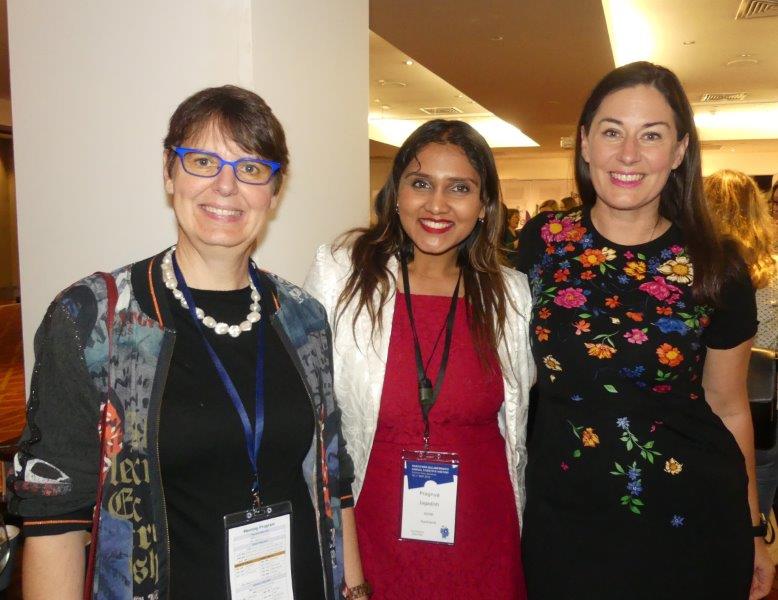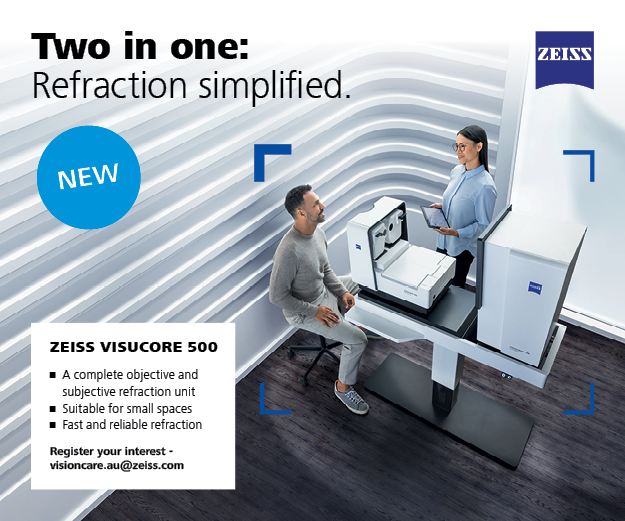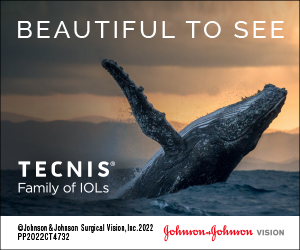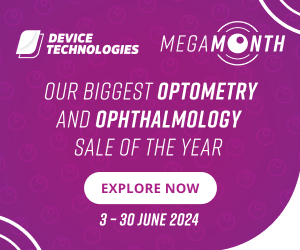RANZCO NZ 2019: Look to the future, collaboratively
This year’s annual NZ RANZCO branch meeting was held at the Pullman Hotel, overlooking the historic Albert Park in the heart of bustling Auckland from 9-11 May. Attendees and keynote speakers from across Australia, UK and New Zealand were immersed in exciting discussions on artificial intelligence (AI) and gene therapy and the innovative solutions that technology and collaboration offer in addressing our growing patient population.
The conference programme was divided into two concurrent sessions aimed at nurses and specialists, with plenary sessions targeting all delegates. Attendees had a delightful array of distinguished national and international speakers to listen to who imbued the conference with their research interests and passions. International speakers included Professors Adnan Tufail (Moorfields, London), Gerard Sutton (Sydney, Australia), and Keith Martin (Melbourne, Australia), Associate Professor Angus Turner (Perth, Australia) and ophthalmic nurse John Cooper (Manchester, UK).
The scientific programme began on the Friday with speeches from three of the international speakers, focusing on what I felt were the two main themes of the conference – the future of ophthalmology and collaborative solutions to address patient workload.
The future of ophthalmology
Prof Tufail opened the dialogue with his lecture, Artificial intelligence (AI) – will it transform ophthalmology? The talk touched on the development of deep learning, the principles of AI and it’s outstanding pattern recognition capacity for diagnoses and screening.
It quickly became clear that AI is no longer an exciting buzzword but now has solid research backing its ability to diagnose a range of retinal pathologies from age-related macular degeneration to diabetic retinopathy. Prof Tufail, however, was quick to caution our unbridled enthusiasm for AI, which may not be universally applicable if based on a specific data set. Plus, there remains the ethical dilemma; that is, who remains responsible if a machine makes a mistake in diagnosis or grading?
The future-looking theme continued with Prof Martin, now head of the Centre for Eye Research Australia (CERA) after recently relocating from Cambridge University, who discussed novel neuroprotective gene therapy for glaucoma with animal models showing promise in the use of virus vectors to transfer brain-derived growth factor (BDNF) genes into retinal ganglion cells for a sustained neuroprotective effect.
Prof Sutton’s tongue-in-cheek title. Are corneal surgeons an endangered species? brought up the idea of bioengineered corneas made of collagen or silk which could solve the issues of tissue rejection and graft availability we commonly encounter.
Local speaker, Dr Rachael Niederer gave an engaging presentation on herpes zoster ophthalmicus and the Shingrix vaccine, which is now funded in New Zealand for patients aged over 65 with a catch-up programme for patients aged between 60 and 85 years.
Friday’s plenary session closed with Dr Dianne Sharp being awarded the inaugural Dorothy Potter Medal Lecture, in which she elegantly described the evolving role of electrodiagnostics in diagnosing complex retinal pathology and genetic disorders. This has come a long way from just confirming retinitis pigmentosa (RP) as was the case almost thirty years ago!
Community and collaboration
Working with technology and collaborating with our colleagues to address patient demands and health inequities, was a hot topic at this year’s conference.
A noteworthy model of teleconsultation in remote Western Australia was shared by A/Prof Turner from Lions Outback Vision. Covering a distance of 24,000 kms each year, the Lion’s vision van has been lauded for its impact in closing the gap with increased efficiency gained by teleconsultation with GPs and using optometrists for wait-listing of cataract surgeries across Australia’s remoter regions.
The inaugural John Parr Medal Lecture was given by Prof Sutton who described his fascinating collaborative efforts (and failings) in Cambodia and Myanmar and his role in establishing the Myanmar Corneal and Eye Bank Program. He enthralled the audience with stories of his perilous experiences under the corrupt Khmer regime and shared refreshing insights into what it takes to build a community of locally trained, committed ophthalmologists.

Prof Charles McGhee (right) awarding Prof Gerard Sutton the inaugural John Parr Medal
There were several other engaging talks on the role of technology and collaboration to improve patient outcomes. Dr Jesse Gale discussed the advantages of shared electronic records, such as those in Scotland, allowing ophthalmologists, optometrists and health service providers to create a more efficient system of patient care. Dr.James McKelvie shared his experiences in building and using a new cloud-based pathway management system in Waikato for cataract referrals, which has led to a significant reduction in patient processing time and more cataract operations for patients in the region.
The social scene
There was plenty of chat and mingling between delegates, speakers and sponsors in the exhibition room on the lower ground floor of the Pullman’s conference centre. While Friday night’s dinner was a nice, seated affair with good music from the ophthalmology band, featuring local ophthalmologist Dr Simon Dean on bass and ophthalmology research fellow Dr Alex Muntz on guitar, as well as a scrumptious buffet of meat and vegetarian dishes. There was plenty of leg shaking on the dance floor and many of us stayed till midnight, sipping wine and chatting in the relaxed atmosphere.
NZ’s place in this brave new world
The conference also had a strong, local scientific focus, showcasing the latest New Zealand research and knowledge including updates on glaucoma, retinal pathology and cornea and inflammatory eye disease. RANZCO NZ scientific chair, Professor Charles McGhee’s lecture on diagnosis and management of iris melanomas included some interesting cases of iris melanomas, leading to discussion on management and video demonstrations of the contemporary MITE technique.
On the medical retina front, Dr Sophie Hill presented on the early promise of OCTA vessel density to determine the patients at risk of progressing to exudative AMD. Dr Niederer’s presentation on uveitis masquerades had clinical pearls for all clinicians as well as the red flags to watch out for. While new RANZCO NZ chair, Dr Peter Hadden’s anatomy and physiology of penguin eyes study and how this will inform our understanding of their survival in Antarctica, had us all thoroughly engaged!
Overall, I thought the conference was very well organised with an excellent range of speakers who kept us engaged on emerging new therapies, giving us a peak into the brave new world of ophthalmology. There was plenty to be gained for nurses, specialists, medical students and junior doctors with handy hints on diagnosis and management and some truly inspirational talks on how we can work together better to make a difference in the community.
Next year’s NZ RANZCO branch meeting will be held from 8-9 May in the historic city Christchurch, a city that has turned over a new leaf in the wake of the recent human tragedy. The conference organisers are excited to welcome us, for what I’m sure will be yet another robust scientific and educational programme.

Drs Sarah Welch, Pragnya Jagadish and Rachael Niederer at RANZCO NZ 2019
Dr Pragnya Jagadish is an ophthalmology registrar who has recently moved to Christchurch.
























